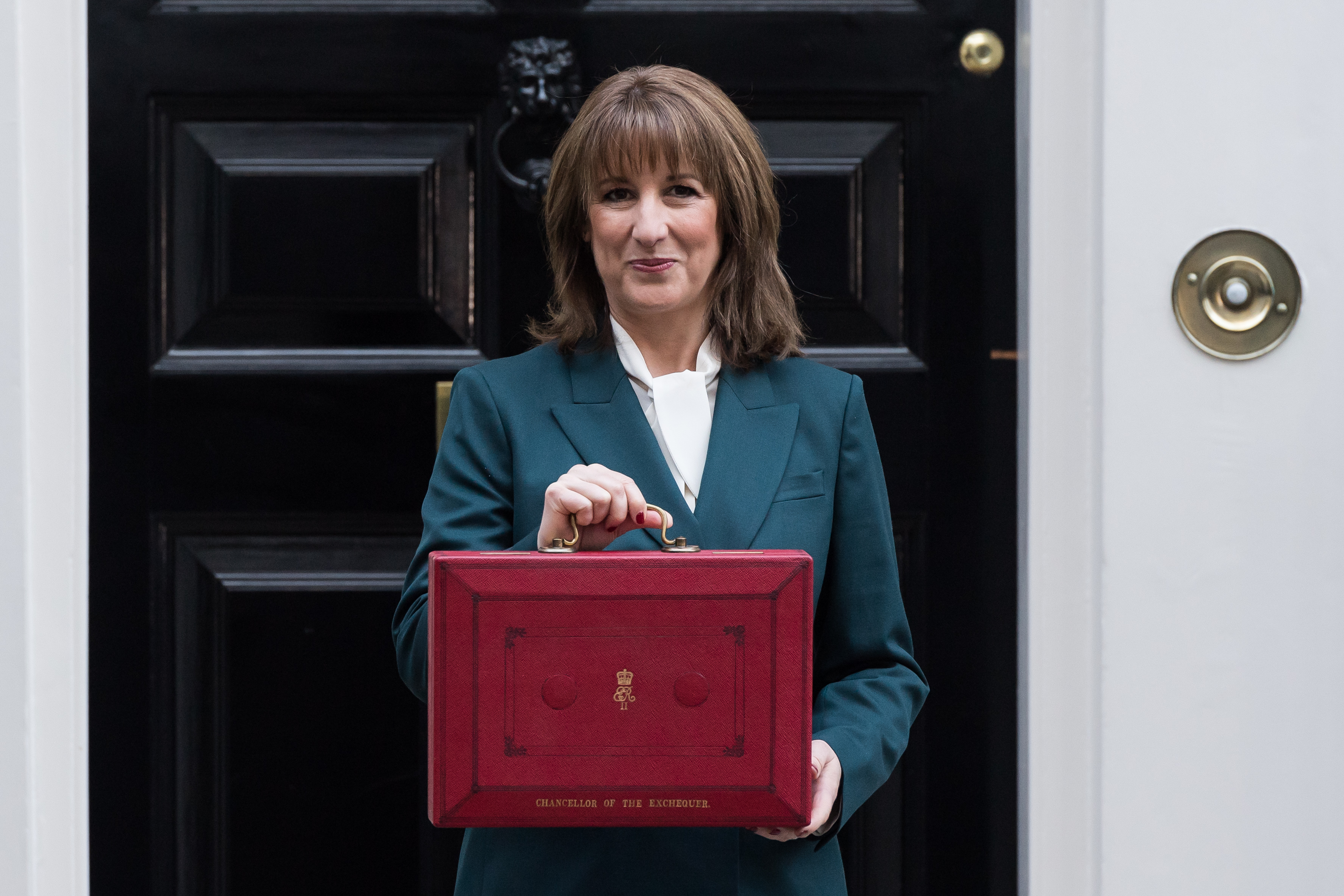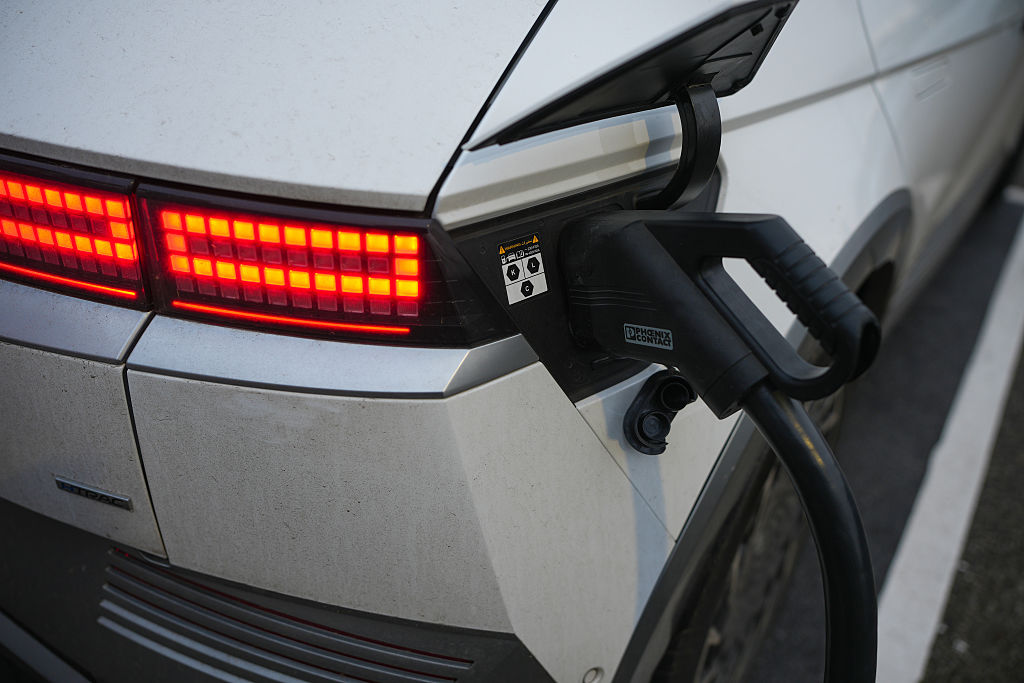Economy
The latest news, updates and features on the UK economy and other global economic stories from the expert team at MoneyWeek.
Explore Economy
-

Workspace: Profit from a return to the office
Workspace is an unloved play on the real estate investment trust sector as demand for flexible office space rises
By Rupert Hargreaves Published
-

Investment trust troubles: back to the 1970s for investors?
Opinion Those fearing for the future of investment trusts should remember what happened 50 years ago, says Max King
By Max King Published
Opinion -

No peace dividend in Trump's Russia-Ukraine peace plan
Opinion An end to fighting in Ukraine will hurt defence shares in the short term, but the boom is likely to continue given US isolationism, says Matthew Lynn
By Matthew Lynn Published
Opinion -

Will the internet break – and can we protect it?
The internet is a delicate global physical and digital network that can easily be paralysed. Why is that, and what can be done to bolster its defences?
By Simon Wilson Published
-

Why UK stocks are set to boom
Opinion Despite Labour, there is scope for UK stocks to make more gains in the years ahead, says Max King
By Max King Published
Opinion -

Autumn Budget live: Rachel Reeves cuts cash ISA limit
Live updates Chancellor Rachel Reeves unveiled a slew of tax hikes and ISA reforms in her second Autumn Budget. We take a look at the latest updates and analysis
By Jessica Sheldon Last updated
Live updates -

Autumn Budget quiz: How closely were you following Rachel Reeves’s tax-raising speech?
Quiz Rachel Reeves announced a slew of new tax hikes in the Autumn Budget, impacting almost every taxpayer in the UK. How closely were you following the fiscal event?
By MoneyWeek Published
Quiz -

How the ‘Reeves Freeze’ on income tax thresholds could cost you up to £1,300
The income tax threshold freeze will rake in an extra £12 billion by 2031, according to the Office for Budget Responsibility
By Sam Walker Published
-

Electric vehicle drivers to be charged new per mile tax
Electric vehicle drivers will be forced to pay a 3p per mile tax, as taxation will be brought closer in line with petrol and diesel cars
By Daniel Hilton Published
